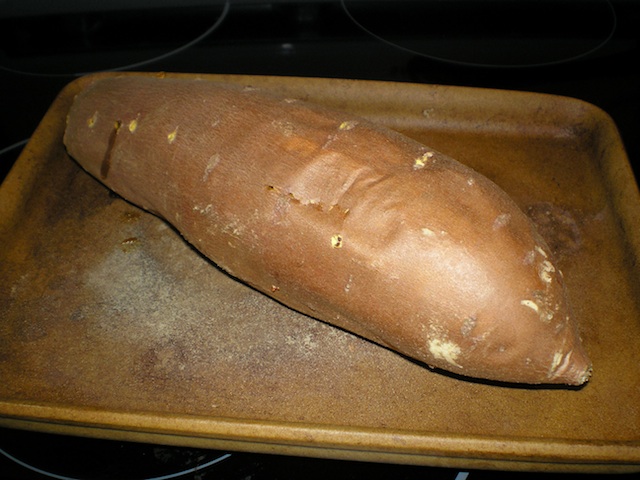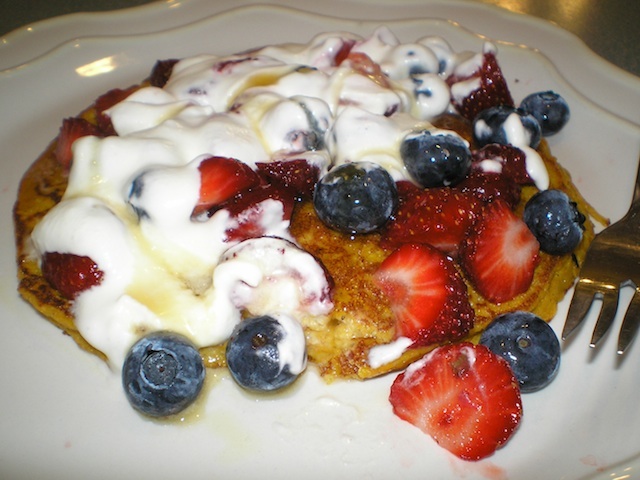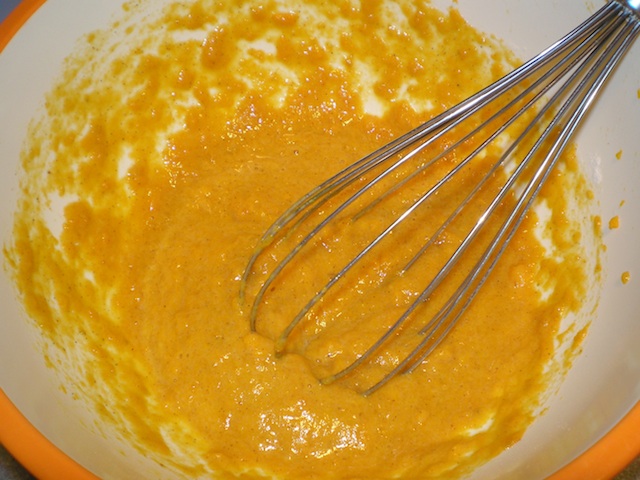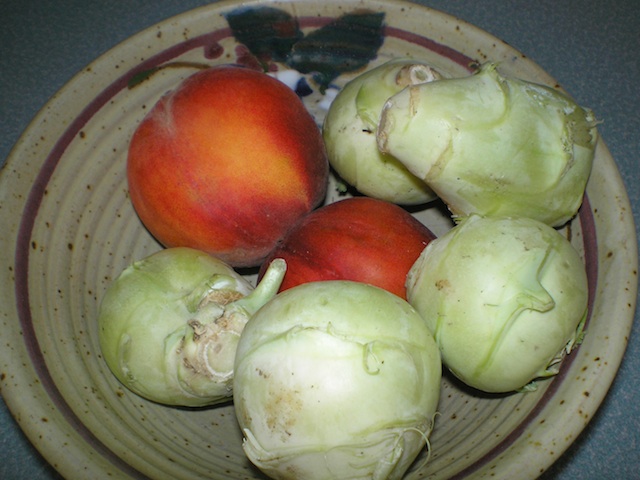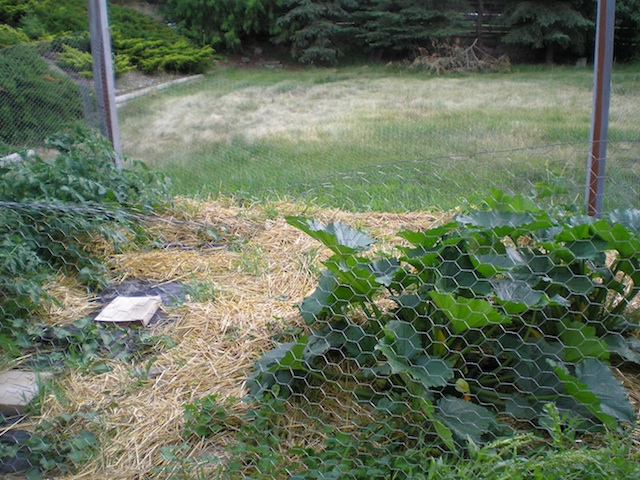GUEST POST by Maureen Lefebvre

This is the winter chicken house.
In Urban Chickens: Part I we had a bottomless box inching itself across the lawn, leaving behind decimated grass. Don?t be fooled ? chickens will do a lot of damage to your lawn. However, a pristine carpet of green was not what our goal was. Nutritious eggs and the stress-relieving joy of watching chickens scratch and peck was what we were after.
However, there was still the problem of the encroaching bad weather. The small coop wasn?t insulated and there wasn?t any way to get a heat source to it. My first thought was to plant it in one place and stack bales of hay all around it. This may have worked just fine. In the meantime, my teenage son (you remember the one who prefers pounding nails to writing essays?) really needed MORE. More time outside; more constructive/productive activity. So began phase two ? building an actual chicken coop.
Again much research went on online and on graph paper. Ultimately, in spite of my linear-thinking need to ?have a tried and true plan?, we went with his need to ?plan it all myself?. With the occasional help of his dad, teenage son went to work. We had a 5 foot by 5 foot ?floor? left over from another project, so that is the size we went with as a base. The thought was that 25 square feet was enough for three birds. In retrospect, I would have made it a little bigger to allow for flock expansion.
In order to make this experience as instructive as possible, the coop was built as if it was a mini house. My electrician son wired in for a thermostat, a light and a heat lamp. A heavy duty extension cord snakes across the lawn from the house to the coop. My son made a double nest box and roost. We have hatches out two opposite sides so that we can switch off the pen area each year to let one side lie fallow every other year. This cuts down on parasites (so I?m told). All the walls, floor and ceiling are insulated with recycled pink insulation. The plywood sheets and 2x4s were bought new but the window and the door came from the dump. The stripped down chicken tractor was added to the side to make an outside pen. For most of the time until the snow came, though, the hens had the run of the yard and spent many happy hours pecking at grass and having dust baths beside the rhubarb.
So we entered winter number one with three contented chickens in a cozy home having no cause to worry about snow or cold. However, as is customary with life, the following year threw in some surprises and things changed yet again.

Here are the nesting boxes and perch. Chickens like to roost for the night.
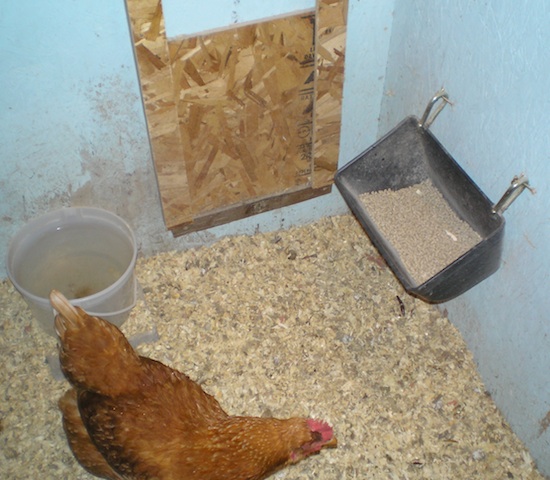
This is the inside of the winter house. There is a water pail to the left and dry feed to the right. The chicken door in the center can be opened during the day and closed at night.
